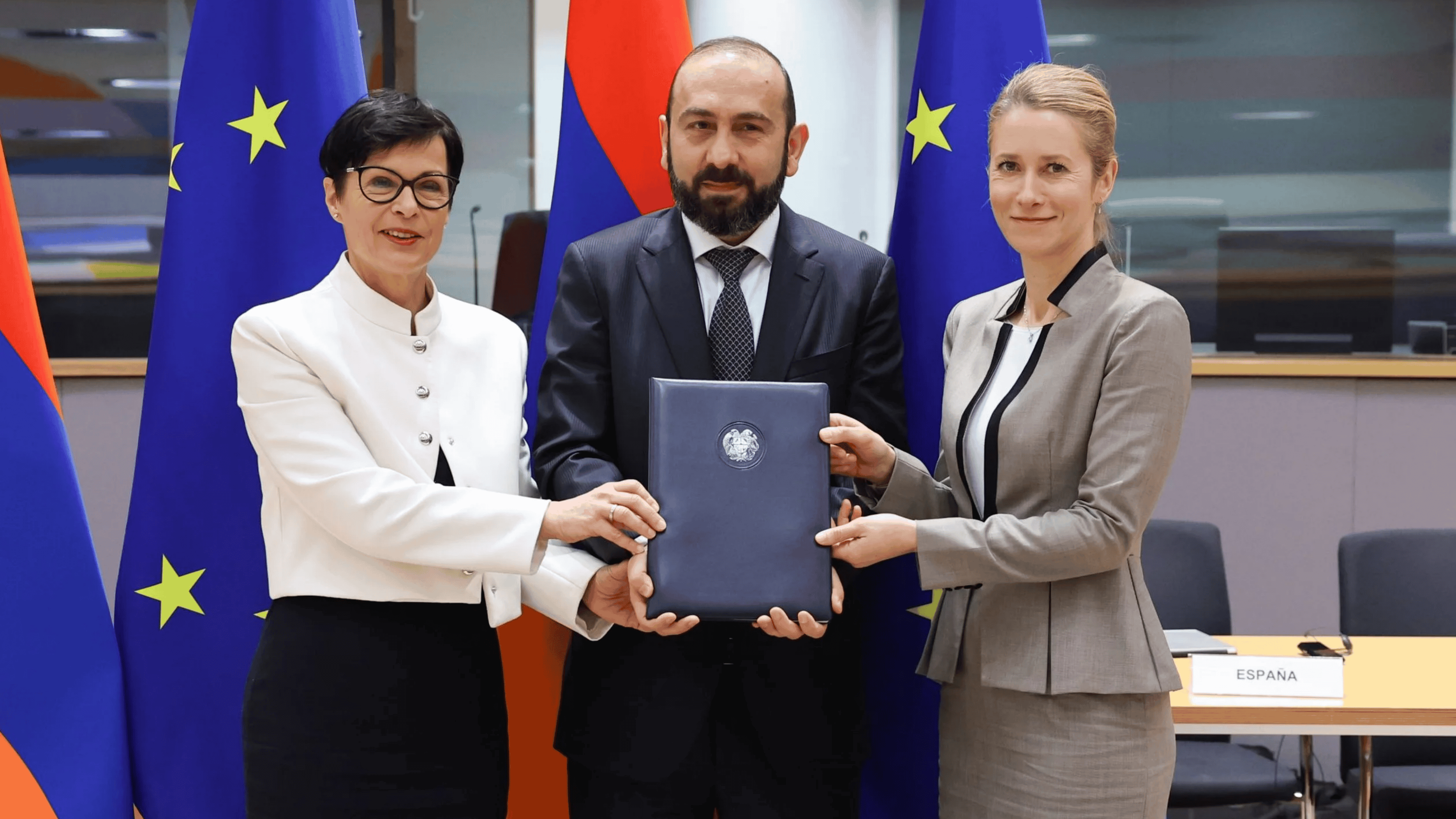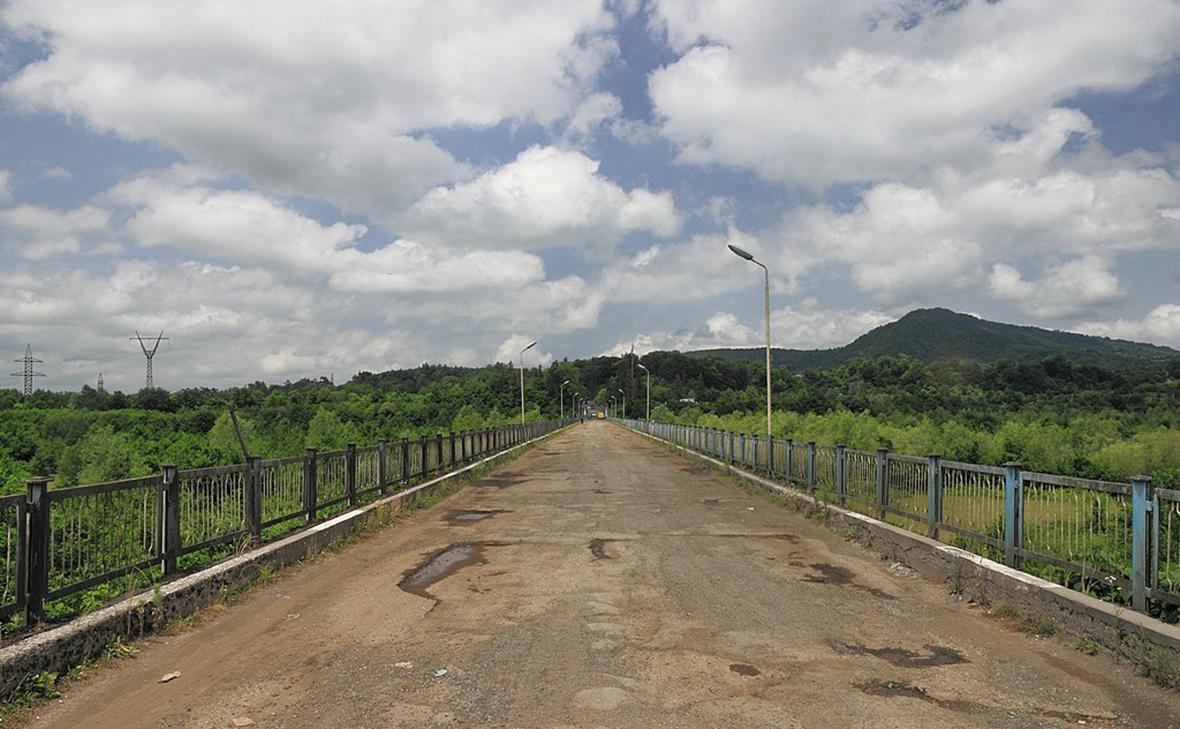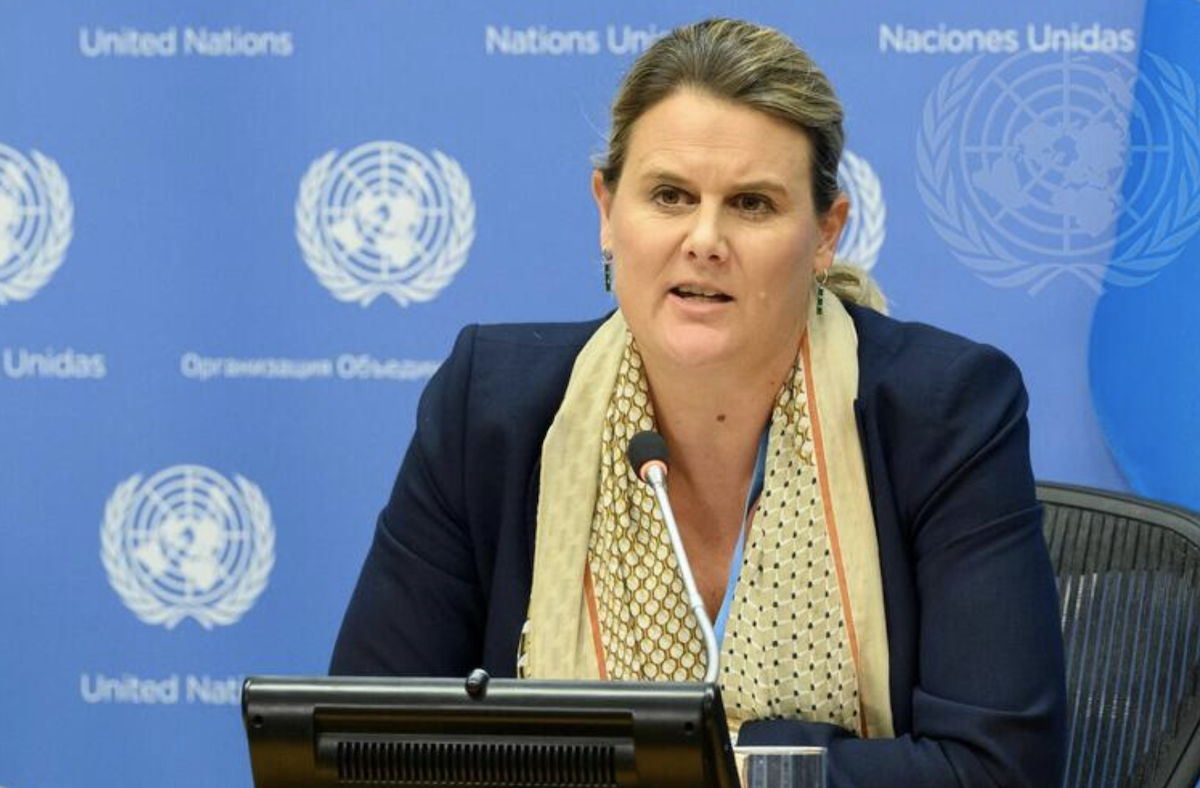Abkhazia’s energy sector faces deep crisis
Assessment of the situation in Abkhazia’s energy sector and its prospects from Abkhazia’s key energy man, the head of ‘Chernomorenergo’, Aslan Basaria.
Abkhazia’s energy sector is facing deep crisis
It is mostly related to three problems:
- worn-out equipment;
- non-payments,
- and, most importantly, increased consumption of electric power.
Increase in electricity consumption poses serious problems, because the republic has no sufficient resources for creating an efficiently operating energy accounting system. About RUB280million (US$4,5million) are required for installation of untouchable devices in all houses and apartments to ensure the aforesaid energy accounting.
80% of power in Abkhazia is supplied through a single high-voltage power transmission line, which is referred to as a ‘radial scheme’. It runs from a regulatory HPP-1 (hydro-power plant) in Gal district to the border with Russia. And this main line has been seriously overloaded in the recent years.
It’s main part, Achguara line, links the regulatory HPP-1 with Tkuarchal SRHPP (state regional hydro-power plant) substation. It was set up in 1958 and it currently transmits 274MW of electric power, while a norm even for a new substation should not exceed 260MW.
RUB 3,4-4million (about US$66million) are required for construction of a new power transmission line. However, ‘Chernomorenergo’ power company doesn’t have such funds. It has already taken two state loans for maintaining the available energy system: in 2015 – RUB50million (approximately US$ 815,000), in 2016 – RUB25million (about US$400,000).
How to change the situation in the energy sector? To economize
Much depends not only on the ‘Chernomorenergo’ company, but also on the subscribers themselves. The situation can be improved through joint efforts, namely, through economizing, at least in the peak periods, in winter and summer, in the areas with actively developing tourism. Gagra, Gudauta and Gulripshi districts are the major consumers.
New Year workdays
All emergency crews are on high alert. Chernomorenergo’s 9 branches are operating in intensive mode. Under the agreement, from December 26, the western part of Abkhazia has been supplied electric power from Russia, while the eastern part-from IngurHPP. It will be so in the first week of January. This will allow to reduce the load on Achguara high-voltage power transmission line.
IngurHPP
The water level in Jvari water reservoir currently makes 465meters, which is 6 meters lower than last year, and that’s against the background that unlike last year, the reservoir had no water yield problems this year.
The present low water level is directly related to that very increased consumption of electric power. In order to calmly live through the winter with the available water stock in the reservoirs, Abkhazia’s average daily consumption should not exceed 6million kW.
Whereas now, the republic consumes on average 8,5 million kW of electric power daily.
This has certainly led to the electric power deficit. Like it happened last year, the rotating outages couldn’t be avoided this winter either.
In 2017, it is planned to conduct water drawdown at Ingur HPP, as well as to monitor 16-km long derivation tunnel. No works have been performed there for over a decade, though they should be conducted once in 5 years.
The works will be launched on February 15 and will last till March 15. Ingur HPP will not generate electric power in that period and Abkhazia will be supplied electricity from Russia.
Active negotiations on technical and financial issues are currently underway with the Russian and Georgian power industry officials.
There are also problems with a dam itself: soil collapse is often the case and, in addition, the available equipment is worn-out.
Reforms
Earlier, a portion of revenues from electricity bill payments remained in the districts, whereas another part was transferred to Chernomorenergo. Whereas now, the Energosbyt company has been set up to accumulate all proceeds from electricity bill payments.
What has been the benefit of it? First of all, it has allowed to control the distribution of funds. Some districts are poor, others are well-off. So the proceeds from electricity bill payments considerably differ.
In the districts where there were problems with collecting electricity bills, as well as those with fewer subscribers, there were cases when people weren’t paid wages for 6-8 months. After the reform was launched in 2015, all wage arrears have been covered within 2-3 month.
Problems with non-payment for consumed electricity
An inventory of subscribers has revealed illegal connection to the electricity grid by both, private commercial structures (hotels, restaurants, cafes, enterprises), as well as citizens.
Raids were conducted in Gagra district for 3-4 months and it yielded certain result. An unprecedented number of defaulting subscribers was revealed in the district. A building that, according to the documents, was an ordinary residential house for one family, actually turned out to be a hotel with an elevator.
Similar process is now underway in Sukhum. There is a huge number of illegally connected commercial facilities that either don’t pay the electricity bills or pay less than they actually should pay.
Defaulting subscribers are cut off power supply, which is the most efficient measure. However, Chernomorenergo power company doesn’t possess sufficient resources to turn the foresaid process into a system.
Smaller HPPs and solar energy not beneficial for Abkhazia
Only 3 out of the total 24 mini-HPPs that were constructed in Abkhazia are operating now: 2 HPPs in Kodori gorge and 1 HPP in the mountainous Pskhu village.
As for the rest of the HPPs, no hydraulic structures have been left there.
And the question still remains: is it worth to restore them.
An inventory of the entire Chernomorenergo economy was conducted from January 2015 till February 2016. Abkhazia consumes approximately 390MW of electric power in winter, whereas the total capacity of all smaller HPPs, if restored, will make approximately 5 MW. Besides, there will be also HPP maintenance and personnel payroll costs.
The use of solar panels in Abkhazia is also inexpedient, since solar energy is much expensive then hydroelectric power.

JAMnews dossier
- Ingur HPP (Georgian Enguri HPP) was put into operation in 1978. It is located directly in the Georgian-Abkhaz conflict zone and is managed by both parties: the water reservoir and part of the derivation tunnel are located on the Georgian side, whereas another part of the tunnel, the HPP building and four regulated HPPs – on the Abkhaz side.
- It’s the only joint Georgian-Abkhaz project. The HPP is jointly managed by the parties and the electricity generated by it is divided between them, making cooperation and regular contacts inevitable.
- The HPP is one of the hugest concrete arch dams which is 271,5m high and 800m long.
- Another wide-scale rehabilitation of the HPP was completed through the international organizations’ funding in 2014. The works were executed in phases, which ensured uninterrupted operation of the facility.
- However, the upcoming mandatory rehabilitation works require suspension of the HPP operation for a few months. This implies that both, Sukhum and Tbilisi, will have to jointly raise funds for the aforesaid repairs, as well as seek some alternative energy sources for the aforesaid period.
The opinions, expressed in the article, reproduce the author’s terminology and views and not necessarily reflect the position of the editorial staff
Published: 04.01.2017



















